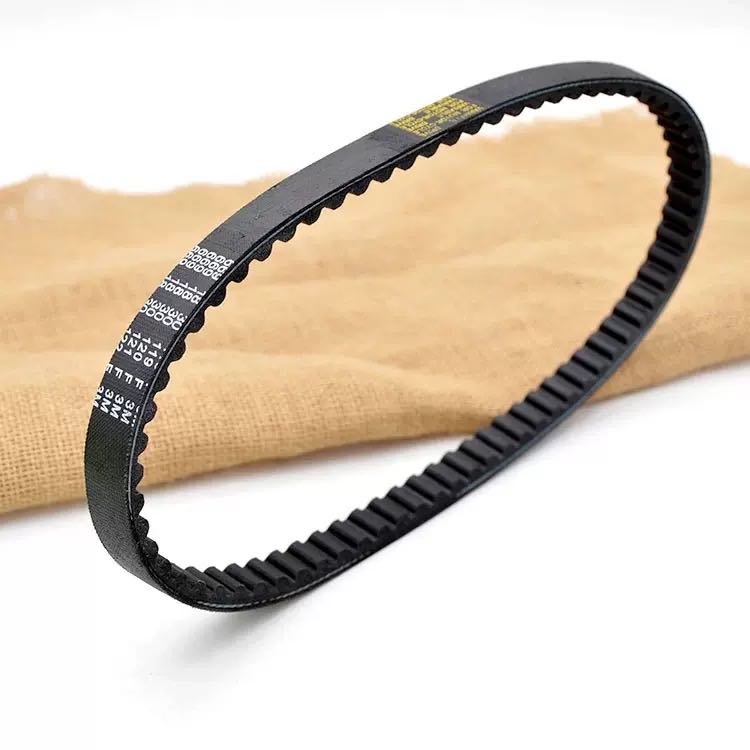- Arabic
- French
- Russian
- Spanish
- Portuguese
- Turkish
- Armenian
- English
- Albanian
- Amharic
- Azerbaijani
- Basque
- Belarusian
- Bengali
- Bosnian
- Bulgarian
- Catalan
- Cebuano
- Corsican
- Croatian
- Czech
- Danish
- Dutch
- Afrikaans
- Esperanto
- Estonian
- Finnish
- Frisian
- Galician
- Georgian
- German
- Greek
- Gujarati
- Haitian Creole
- hausa
- hawaiian
- Hebrew
- Hindi
- Miao
- Hungarian
- Icelandic
- igbo
- Indonesian
- irish
- Italian
- Japanese
- Javanese
- Kannada
- kazakh
- Khmer
- Rwandese
- Korean
- Kurdish
- Kyrgyz
- Lao
- Latin
- Latvian
- Lithuanian
- Luxembourgish
- Macedonian
- Malgashi
- Malay
- Malayalam
- Maltese
- Maori
- Marathi
- Mongolian
- Myanmar
- Nepali
- Norwegian
- Norwegian
- Occitan
- Pashto
- Persian
- Polish
- Punjabi
- Romanian
- Samoan
- Scottish Gaelic
- Serbian
- Sesotho
- Shona
- Sindhi
- Sinhala
- Slovak
- Slovenian
- Somali
- Sundanese
- Swahili
- Swedish
- Tagalog
- Tajik
- Tamil
- Tatar
- Telugu
- Thai
- Turkmen
- Ukrainian
- Urdu
- Uighur
- Uzbek
- Vietnamese
- Welsh
- Bantu
- Yiddish
- Yoruba
- Zulu
szept . 28, 2024 11:09 Back to list
v belt rubber
Understanding V-Belt Rubber Essential Element in Mechanical Power Transmission
In the world of mechanical engineering, the efficient transmission of power is crucial for the operation of various machines and equipment. One of the most important components in this system is the V-belt. The V-belt is a type of belt that is used to transmit power between pulleys in machines. Made primarily from rubber, V-belts are designed for durability, flexibility, and resistance to wear and tear, making them essential components in both industrial and automotive applications.
The Composition and Design of V-Belt Rubber
V-belts are characterized by their trapezoidal cross-section, which allows them to fit snugly into the grooves of the pulleys. The material used for manufacturing these belts is typically a combination of high-quality rubber and reinforcing fabrics. Rubber is chosen for its excellent elastic properties, providing the necessary flexibility and grip needed for effective power transmission. Additionally, specific additives are often included to enhance the belt’s resistance to heat, oil, and other environmental factors.
The design of V-belts is crucial as it directly impacts their performance. There are various types of V-belts such as classical, narrow, and cogged belts, each serving different purposes depending on the machinery's requirements. For example, cogged V-belts offer greater flexibility and can operate in smaller pulley diameters, making them suitable for compact engineering designs.
Advantages of Using V-Belt Rubber
One of the primary advantages of V-belt rubber is its ability to handle various load conditions. Due to its rubber composition, the V-belt can absorb shocks and vibrations, providing smooth and consistent power transmission. This characteristic extends the lifespan of both the belt and the associated machinery since it reduces wear on moving parts.
v belt rubber

Moreover, V-belts require minimal maintenance compared to other power transmission systems. Regular inspections and the occasional tension adjustment are typically sufficient to keep them functioning efficiently. This ease of maintenance translates to lower operational costs, making V-belts a cost-effective choice for industries ranging from manufacturing to automotive.
Applications of V-Belts in Various Industries
The applications of V-belts are extensive. In industrial settings, they are commonly found in conveyor systems, fans, pumps, and compressors. Their reliability makes them ideal for applications that require constant power transmission under heavy loads. In automotive engineering, V-belts play a vital role in the engine system, driving essential components such as the alternator, water pump, and air conditioning compressor.
As industries continue to evolve, so does the demand for more efficient and robust power transmission solutions. Advancements in rubber technology and engineering designs are leading to the development of improved V-belt systems that offer greater load capacities and operational efficiency. Manufacturers are continually researching new formulations of rubber that enhance performance while also focusing on sustainability.
Conclusion
In conclusion, V-belt rubber is a fundamental element in modern mechanical power transmission systems. Its unique properties, coupled with varied designs, provide extensive application opportunities across different industries. As technology advances, the role of V-belts will likely expand, reinforcing their status as indispensable components in the machinery that drives our world. Whether in factories or as part of vehicle engines, understanding the significance of V-belt rubber is essential for maintaining and optimizing the performance of numerous mechanical systems.
-
Korean Auto Parts Timing Belt 24312-37500 For Hyundai/Kia
NewsMar.07,2025
-
7PK2300 90916-T2024 RIBBED BELT POLY V BELT PK BELT
NewsMar.07,2025
-
Chinese Auto Belt Factory 310-2M-22 For BMW/Mercedes-Benz
NewsMar.07,2025
-
Chinese Auto Belt Factory 310-2M-22 For BMW/Mercedes-Benz
NewsMar.07,2025
-
90916-02660 PK Belt 6PK1680 For Toyota
NewsMar.07,2025
-
drive belt serpentine belt
NewsMar.07,2025

